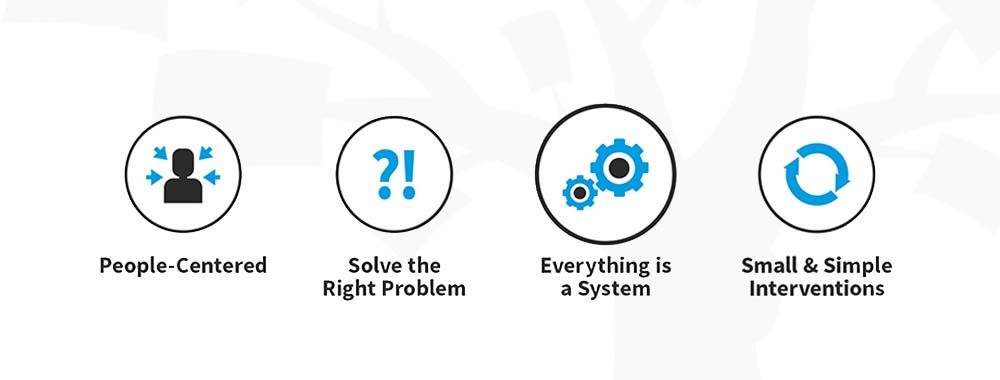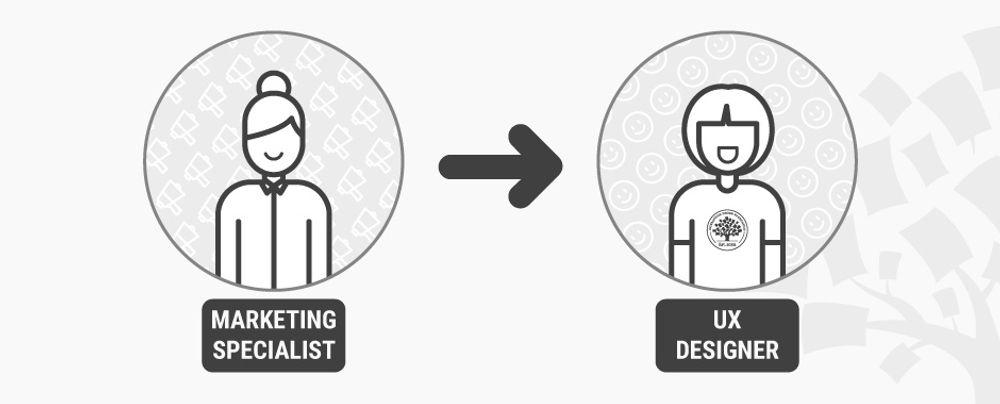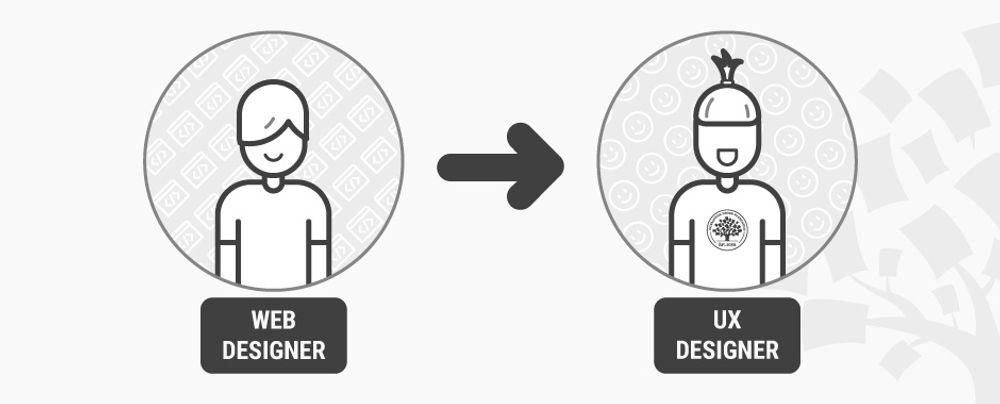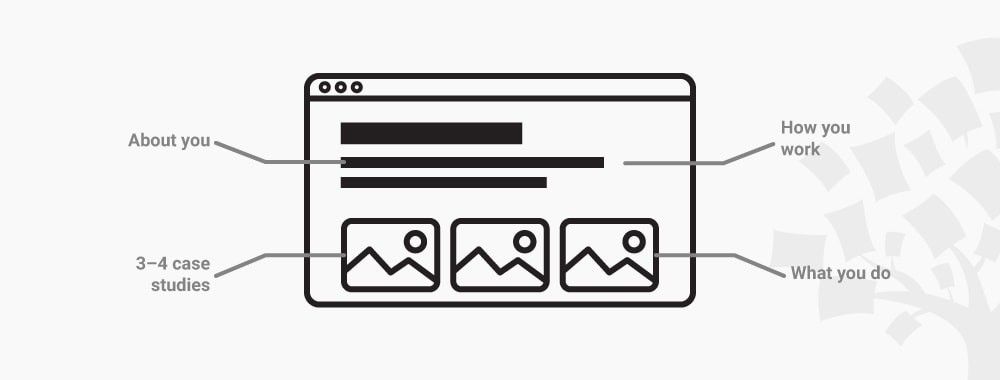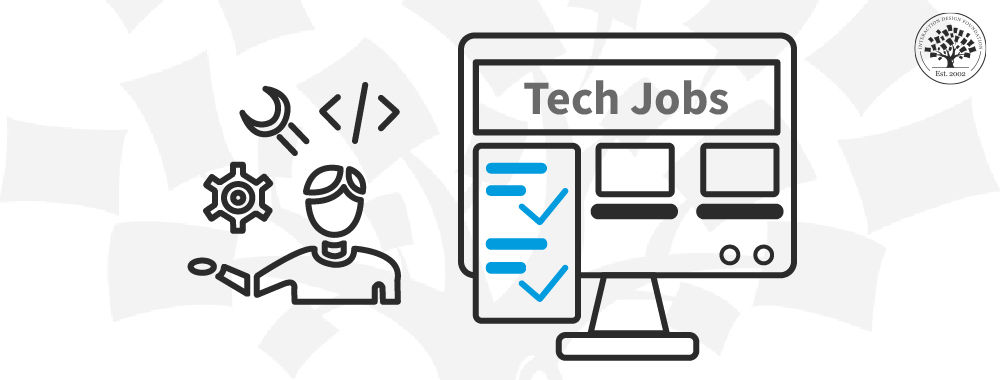The design profession is evolving, and it’s up to designers to shape their future. Traditional design was focused on aesthetics, the visual appeal. Up until the 20th century, generally designers were not included in strategic decisions; they were thought of as simply producers, as craftspeople. Now, in the 21st century, designers have the opportunity to take a seat at the table, influence business decisions and even tackle complex societal challenges. So, if you want to make an impact—and a big, far-reaching one at that—you might find there’s never been a better time to be a designer.
Design is shifting in terms of what designers do and also in terms of what they work on. Besides delivering great products and experiences, design is starting to be considered as a way of thinking which can not only drive business success but also be used to solve complex human issues.
From User-Centered Design to Humanity-Centered Design
Humanity-centered design is a practice where designers focus on people’s needs, not as individuals, but as societies with complex, deep-rooted problems. Designers can co-create proper solutions when they work with populations, address the right problems, perform systems analyses and co-design small, simple interventions.
In this video, Don Norman: Father of User Experience design, author of the legendary book The Design of Everyday Things, co-founder of the Nielsen Norman Group, and former VP of the Advanced Technology Group at Apple, explains the impact of humanity-centered design.
Show
Hide
video transcript
- Transcript loading…
You can apply the principles of HCD to any complex problem in the world, be it related to politics, economics, education or a host of others.
What Makes Designers Special?
Traditionally, the approach to solving society's biggest challenges has been to call in the experts. There is a fundamental problem with this approach, though, and that’s because it tends to forget—or limit the importance of—people, cultures and the environment.
In this video, Don Norman describes how designers can tackle humanity's biggest challenges—by actively involving people, instead of acting like an “expert”.
Show
Hide
video transcript
- Transcript loading…
Design is about solving the right problems, a.k.a. the root problems. Therefore, designers can collaborate with people who are already working on these challenges and help them frame them so that they can tackle the underlying cause, or causes, and not the symptoms. In addition, design is a field of doing and, as such, it can help transform theoretical approaches into practical actions that have a tangible impact.
How Can Designers Have a Greater Impact?
As a designer, whether you want to move up in a company or tackle complex societal issues, you need to look at the big picture. If you learn the fundamentals of finance, accounting, marketing, supply chain, psychology and administration, you’ll gain a far greater understanding of how companies work or how society works and then you’ll be able to develop strategic thinking and put yourself in a position to take your seat at the table.
In this video, Don Norman talks about how thinking in systems can help you progress in your career and have a greater impact on companies, society and the world.
Show
Hide
video transcript
- Transcript loading…
The Power of Being Generalists
Typically, designers learn a broad range of skills and work on many different types of projects. While the power of specialists is their deep, narrow knowledge, your power as a designer—a generalist to a certain extent—is in your ability to talk to many specialists and to bring them together to create a final product or solution.
The ability to facilitate successful collaboration can become the difference between a successful initiative and a failed one. No specialist can solve a complex societal problem alone. Therefore, collaboration is essential to move forward as a society. As a designer, you have the capacity to bring different disciplines together, keep the people at the center of the project, innovate and deliver tangible results.
Design Education Must Change
The design profession is changing, and design education needs to change accordingly. Traditionally, design programs focus on the craft aspect of design. While still relevant, there are many other cross-disciplinary skills that designers need to learn to be able to move from being producers and craftspeople to strategists and visionaries. Therefore, when choosing your design education, make sure to keep a critical eye on what is offered, what related disciplines are taught and find the right fit for you. Although there is no one-size-fits-all design education, make sure that whatever program you choose includes some type of collaboration with people from other disciplines.
In this video, Don Norman explains how including cross-disciplinary collaboration as a core element of design education can significantly improve its quality and impact, and better prepare designers for the real world.
Show
Hide
video transcript
- Transcript loading…
If you’d like to further your career as a designer, and tackle complex societal issues, you might need to learn differently. If you are a student in a design program, make sure you complement your education by taking classes or courses in disciplines such as business, engineering, economics or psychology. If you’re a seasoned designer, consider learning cross-disciplinary skills by collaborating with different departments or organizations and taking up courses to expand your knowledge about related fields.
The Take Away
Design as a profession is evolving, and it’s up to you to take the reins and decide what role you want to have in this process. You have the potential to better the lives of people across the planet; from improving people’s daily lives by making products easier to use, to tackling society’s biggest challenges. As a designer, you know how to identify and define the root problem and deliver tangible solutions. And most importantly, you already know that you don’t have all the answers but you have the skills to look for and uncover them by collaborating with people across disciplines as well as the people for whom you are designing.
Whether you’d like to move up in your career or have a greater impact in the world, leverage your skills, think in systems, collaborate with different fields and always keep learning. This approach will give you the power to steer your career path toward where you want to go and will even give you the opportunity to shape the future of design.
Where to Learn More
Ready to shape the future, not just watch it happen? Join the Father of UX Design, Don Norman, in his two courses, Design for the 21st Century and Design for a Better World, and turn your care for people and the planet into design skills that elevate your impact, your confidence, and your career.
